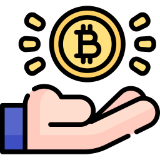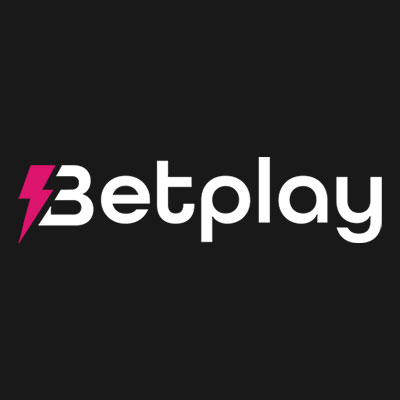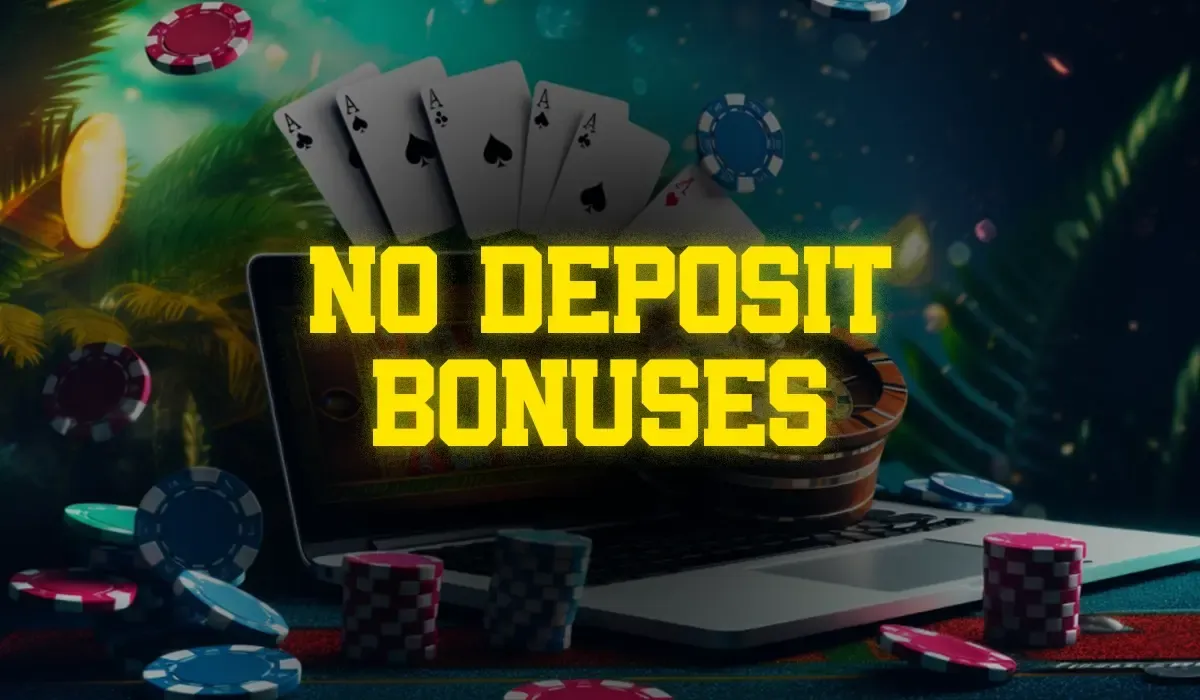Overview
Since January 2018, Binance has been processing more than 1.4 million transactions per second, making it the biggest crypto exchange when you count the daily cryptocurrency volume. Changpeng Zhao has led the company since he established it in 2017.
There are many cryptocurrency exchanges, and even though each is structurally different, they all attempt to provide crypto traders with a stage to trade assets. In addition, these exchanges have asset utilisation initiatives, such as trading discounts, while using their own connected exchange.
On the Binance exchange, you will find the native token, Binance Coin (BNB). This currency can be used for trading and paying commissions. In addition, they provide services for trading, listing, fundraising, de-listing, and withdrawing cryptocurrencies. They also support four main types of trade orders: limit, market, stop-limit, and one-cancels-the-other (OCO) orders.
They have no surcharge for cryptocurrency fund deposits. You only pay network fees when you withdraw.
Binance Background Story
Changpeng Zhao (CZ) brought a wealth of cryptocurrency experience, having engaged with Fusion Systems in high-frequency trading systems, Blockchain.info, and OKX. During his stint at OKX, he crossed paths with Yi He. Several years later, they collaboratively established Binance in China in 2017, swiftly relocating to Japan in anticipation of a Chinese government ban on cryptocurrency trading, in September 2017.
Initially positioned as a Tier 2 exchange without fiat on-off ramps, Binance operated without KYC requirements and rapidly soared to become the world's largest cryptocurrency exchange by trading volume in 2018—a position it continues to hold in 2023. Binance introduced its native ERC-20 token, Binance Coin, primarily designed for trading fee payments. Over time, Binance Coin evolved into a full-fledged Layer 1 blockchain with smart contract capabilities that even to this day is still in the Top 5 of cryptocurrencies by marketcap.
Experiencing significant international expansion, Binance established operational bases in Malta and Florida (housing Binance US, an independent entity). The platform broadened its services to include margin trading, bot trading, mining pools, on-chain/off-chain staking, lending, initial coin offerings for emerging Web 3 projects, and the launch of an NFT marketplace.
Notably, Binance embarked on over 30 acquisitions and investments in projects and companies within and outside the crypto space. Following the wave of crypto bankruptcies related to lending and mining of the past two years, Binance successfully acquired two Japanese exchanges and had expressed interest in acquiring parts of FTX but eventually no concrete offer was made.
Why Binance could Fail
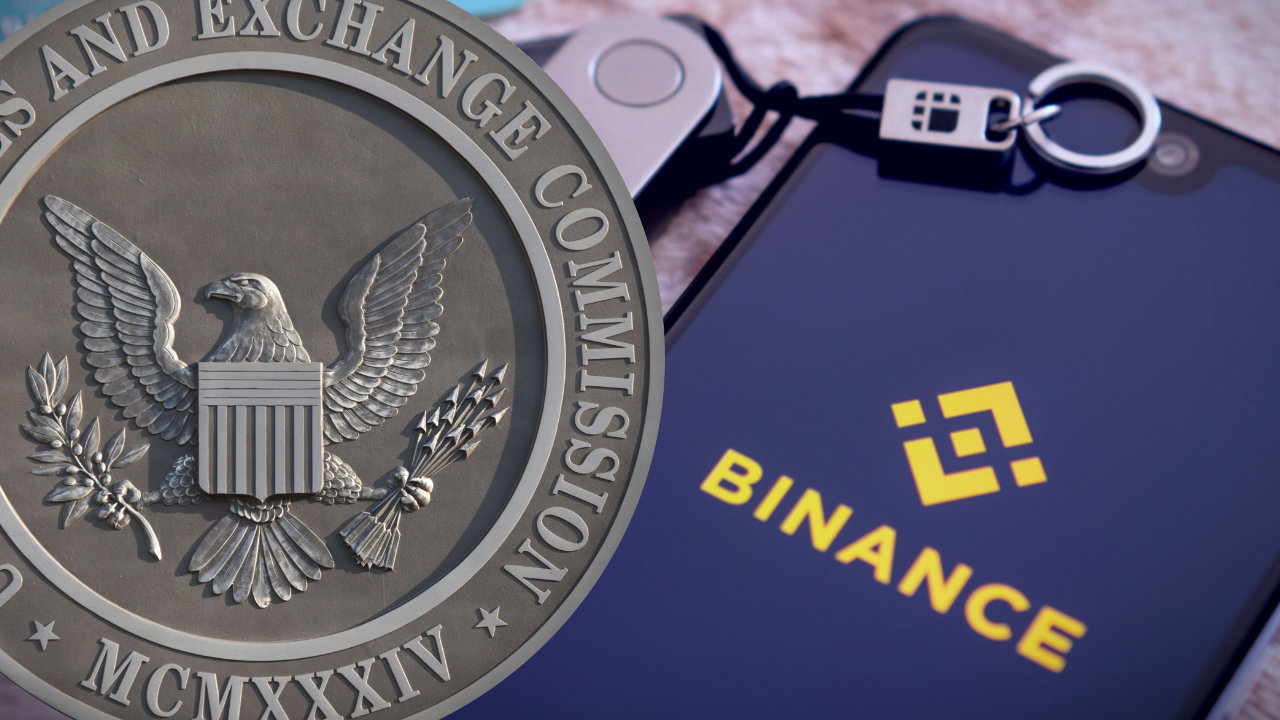
Binance In Hot Water: Accused Of Violating Trading And Derivatives Rules
The Commodity Futures Trading Commission (CFTC) and DOJ are suing Binance for allegedly violating trading and derivatives rules to block Americans from trading unregistered crypto products.
The CFTC claims Changpeng Zhao and several of his employees solicited American customers to bolster their US presence while stating they would block and restrict US customers from accessing Binance. The CFTC case also declares that Binance intentionally helped its US clients evade regulations.
The lawsuit is targeting CZ and former chief compliance officer Samuel Lim.
Furthermore, Binance’s activity is being accused of not being adequately supervised, and its anti-money laundering (AML) and know-your-customer (KYC) controls are not up to standard.
CZ Accused Of Improper Proprietary Trading
Apparently, Changpeng Zhao used companies he owns to engage in proprietary trading activities using Binance through 300 “house accounts," but did not publish any information about this venture. The SEC is busy examining the connection between these companies and Binance. It is alleged that they traded on the Binance platform but did not register with the CTFC.
This is a serious case. If the regulatory penalties stand, they will notably influence the companies' US and international markets. The CFTC will want to heavily fine the involved parties and ban them from trading altogether.
Mazars Quit Binance
Mazars' relationship with Binance was limited to proof-of-reserves work. However, Mazars added that it paused such work due to concerns about “the way these reports are understood by the public.”
Mazars stated that they do not constitute an assurance opinion or audit opinion but instead present circumscribed findings based on agreed-upon methods applied to the problem at hand at a historical moment.
Hacked On Multiple Occasions
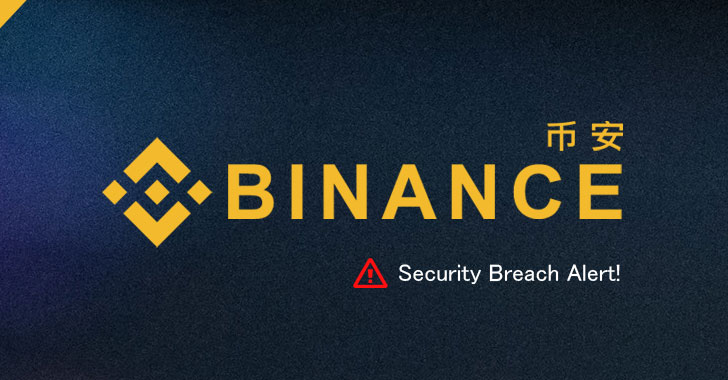
The 2022 hack, in which hackers stole digital assets worth $250 million, is one of the most notable attacks on Binance. Comparatively, the 2019 attack cost the exchange $40 million.
Despite many of them being able to recover a portion of their digital holdings, cryptocurrency traders and investors lost about $100 million worth of cryptocurrencies. In addition, centralized cryptocurrency exchanges are receiving increasing distrust from the crypto community.
Who Benefits from a Potential Binance Failure
Crypto Twitter is a very tribal space, not only regarding the different cryptocurrencies but also regarding the exchanges. In the early days users had to have accounts in multiple exchanges because of their limited markets or coin pairs available. Nowadays any exchange can be enough for all your crypto trading, hodling or earning needs, and depending on the loyalty programs it is in your best interest to stick to a single exchange.
The Question of Competing Exchanges
In this context, some individuals hold the belief that rival exchanges may be responsible for spreading FUD (Fear, Uncertainty, Doubt) campaigns against Binance. Nevertheless, it's important to note that any harm caused by these FUD campaigns would likely outweigh the potential profit that these competing exchanges could gain. In the event of a Binance failure, a domino effect would occur, similar to what we witnessed with FTX. This would lead to a surge in asset withdrawals as traders and investors opt for self-custody of their assets. It would also trigger increased regulatory oversight, mounting pressure, and the imposition of draconian laws by regulators. Ultimately, this scenario would cool off the enthusiasm of both retail and institutional investors for the cryptocurrency space.
Beneficiaries of BNB Shorting
The first group to profit from a decline in interest and enthusiasm for Binance's success are retail users and institutions engaged in shorting the BNB token. Shorting involves the process of borrowing an asset, selling it, and then repurchasing it when its value has decreased. This allows the borrower to repay the borrowed BNB at a lower cost. When combined with margin trading, which enables traders to handle significantly larger amounts than they possess in their balance, shorting can result in substantial profits and losses. Short sellers thrive when FUD prompts panic selling, and they often actively contribute to the dissemination of critical information to further their objectives.
Opportunistic Institutional Investors
Another group that would stand to gain from a complete collapse of Binance, possibly the most significant beneficiaries, are distressed asset investors. This investment category entails high risk and high potential rewards. These investors step in as the last resort buyers of a distressed company or its components. Binance boasts substantial assets beyond liquid cryptocurrencies, including Web 3 projects, startups, a Bitcoin mining pool, and other assets. These assets would pique the interest of distressed asset investors, particularly when they are available at reduced valuations. Operating these units requires specific skills and a substantial level of investment.
Why Binance won’t Fail
Despite their issues, we are quite confident that this leading Centralized-exchange will not fail, at least not in a similar fashion to its predecessors. Here's why:
Binance is not FTX
Let's start this by saying that on-chain data is not exhibiting FTX-like behaviour, and an analytic firm discovered that Binance is completely backed and dispersed from its own token.
A blockchain analytics firm in Seoul discovered that no on-chain features carried any weight to support statements made in an audit that Binance is over-collateralized. Another crucial point to consider is that Binance did not experience the same amount of outgoing traffic that FTX did in the days before its downfall. While withdrawals did increase exponentially during December 2022, they were less when compared to the exchange's overall reserves than FTX's reserves.
Now let's consider Binance’s health. On-chain data points to the collaboration of all its claims, even if you don’t believe the exchanges' published reports.
Proof of reserves provides current, transparent, and not manufactured data, which is a first in the history of the crypto world. Furthermore, the user can directly audit the data through this revolutionary new blockchain technology.
This brings us to our last point: what could not be controlled by on-chain data were the lavish overspending and crazy employee perks that FTX had. Never before had there been such a complete failure of corporate controls and a complete absence of trustworthy financial information. FTX’s last CEO, John J. Ray III, who was also involved in cleaning up Enron’s mess, said in a court document:
"From compromised systems integrity and faulty regulatory oversight abroad to the concentration of control in the hands of a very small group of inexperienced, unsophisticated, and potentially compromised individuals, this situation is unprecedented."
While proof of reserves has been a key point for transparency, it is an incomplete picture of the balance sheet of a company. Exchanges wishing to become pioneers in trust-building will have to disclose their total liabilities which are mostly off-chain and not only includes clients “deposits” but all secured and unsecured creditors of the company.
You see in reality, client “deposits” do not really exist as deposits, they exist as an IOU, a repayment obligation, the crypto and fiat in their possession is property of the company and depending on their terms and conditions, they are free to use it as they see fit.
A Strong Focus On Building Trust
Binance is taking the lead among other exchange traders regarding their recognition of the momentous challenges the industry faces today.
For some time, the company has been introducing a course of action regarding clarity and confidence, culminating in the birth of a practical set of guidelines for centralised crypto exchanges if the public aspires to do so; this coincides with the development of a dedicated “building trust” landing page on their website.
Rana Kortam created these guidelines to be functional for clients and policymakers in the crypto ecosystem, including centralized and decentralized exchanges. In addition, they hope to ensure a response from the many stakeholders within the crypto community that will persist in improving the benchmark.
This environment is an effective centralized distribution core interconnected with trust and transparency. Binance will constantly update it with future guidelines, new policies on regulation, best practices, and much more.
This framework that was recently launched is by no means the end but rather a new beginning of the crypto adventure, focusing primarily on the concept of transparency and wallet security. Furthermore, it was created to work in harmony with regulations. This is crucial to confronting targeted risk-related concerns in a way that minimises harmful conduct, defends users, and facilitates progress.
They Are Pioneers Of Proof Of Reserves
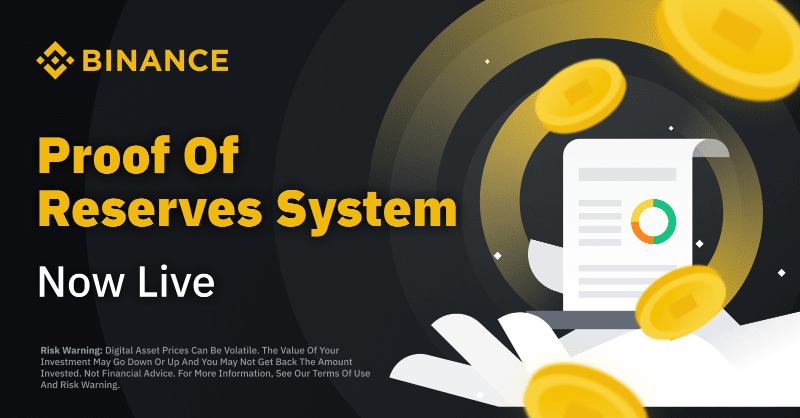
Initiatives to boost confidence and openness gained momentum in November 2022 by introducing “wallet addresses,” which allowed the customer to confirm that they had adequate holdings of user funds in their reserves.
Thus, the “proof of reserves” system was introduced, a system that depends on Merkle trees, a mechanism that allows blockchain to be much more coherent and reliable by structuring data in a particular manner. The system provides users with a better instrument that they can use to verify that Binance securely stores their assets if the user would like to store assets online.
Recently, and very soon after proof of reserves was implemented, Binance upgraded to a new open-source framework using zk-SNARK. This technology has been the foundation of many revolutions in blockchain. This enables users to send transactions via a blockchain in a completely encrypted manner while simultaneously proving that they occurred legitimately.
This new system illustrates that every Binance user balance that they safeguard tallies up to the claimed total. This demonstrates that they are safeguarding all the user balances and holding the reserves one-to-one; furthermore, it can verify that a user's funds cannot be negative, one of the many defects of the previous solution.
According to Rana Kortam, the steps Binance has already taken are part of a larger initiative to boost confidence in the cryptocurrency sector. Furthermore, the exchange is already collaborating with other industry players, several associations, and community leaders to build trust.
The Most Trustable Centralized Exchange
Users rate Binance as the least expensive crypto exchange, and the largest exchange by far, but some others are seen as easier to use. Binance positions itself as a professional and safe trading platform, while other exchanges have less strict guidelines. This really comes down to what you're looking for in a platform.
A positive to other platforms is their token availability. There will be a plethora of tokens that users can invest in using websites like Crypto.com and Coinbase. Although these tokens aren't available on Binance. And there's a reason.
Binance is much more strict with which tokens are listed on their platform. They are seen as the hardest exchange to list on. There are strict guidelines, and your token needs to be worthy according to the Binance Team. This is ideal for investors, as barely any "Shitcoins" will make it onto Binance.
Bitcoin wasn’t invented to have its user trust in CZ or in Brian Armstrong (CEO of Coinbase). Bitcoin was created as a trustless asset and it is important to consider that when we advocate for Binance as one of the leading alternatives with an established presence, it is but a temporary location, the equivalent of a good airport for your crypto but not a permanent house where to keep it.
Conclusion
While Binance has gone through various issues since it opened up back in 2017, they have stood taller than all others. Their CEO has claimed on various occasions that he doesn't see competition as unhealthy, but only a positive impact on the blockchain world as a whole. Their legal issues do not prove to be big enough to collapse the entire business, and they have worked closely with those who make accusations.
We believe Binance is here to stay for many years to come. Their only downfall might come if crypto as a whole collapses, in which we have bigger fish to deal with.
Despite Binance’s lack of clarity in terms of official structure, we believe that Binance is here to stay as it definitely withstands the wave of FUD, crypto withdrawals, outside pressure and even continuous hacks: Binance does the job, it allows users to buy or sell and withdraw without problems and hasn’t really failed in providing that service.

